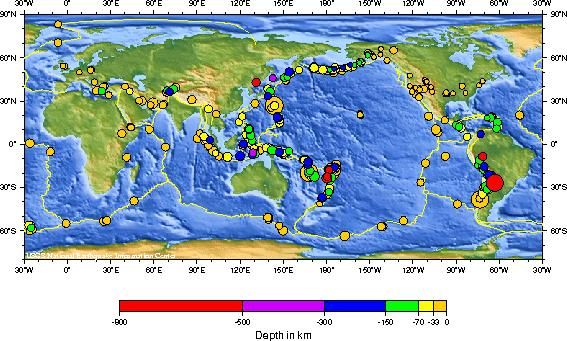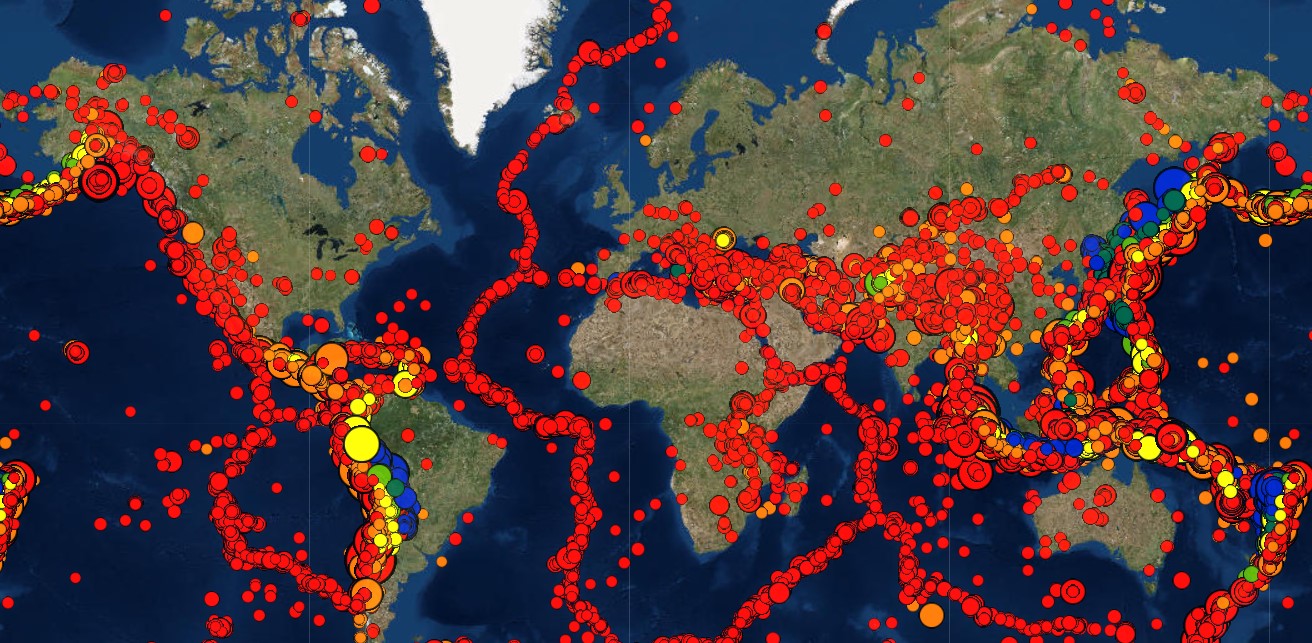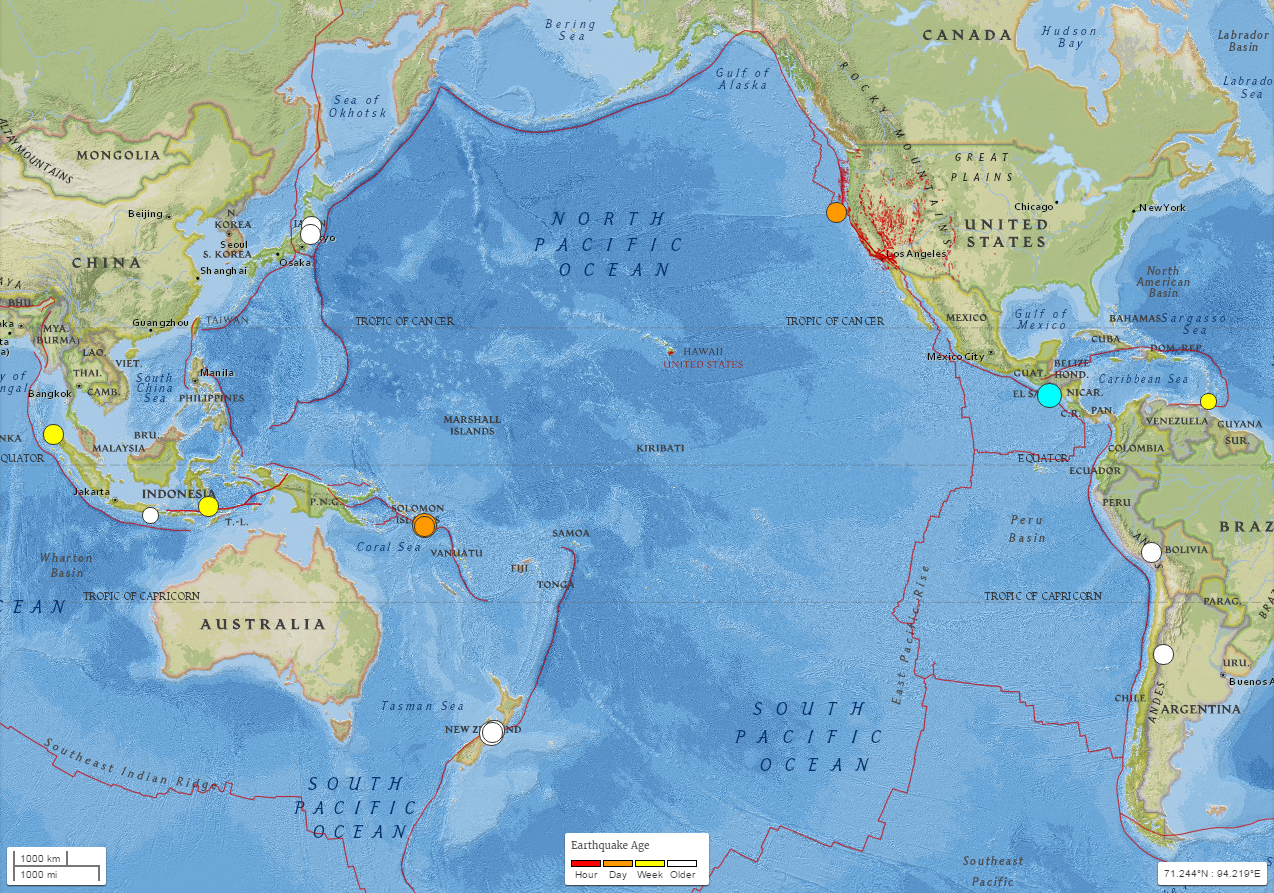

The largest Kansas earthquake in recent years was a M 4.9 event in 2014 that was thought to have been caused by. An average of a 1,000 earthquakes are located in Alaska each monthġ. The Nemaha Uplifta 300-million-year-old buried mountain range that crosses Kansas diagonallyand adjacent Humboldt Fault Zone to the east coincide with the epicenter of the 1867 earthquake and other historic seismic events.Three hundred twenty magnitude 4 to 5 earthquakes per year.Forty five magnitude 5 to 6 earthquakes per year Largest earthquakes, significant events, lists and maps by magnitude, by year, or by location.Six magnitude 6 to 7 earthquakes per year.One magnitude 7 to 8 earthquake every year.


Seven of the ten largest earthquakes in the United States were in Alaska.Three of the eight largest earthquakes in the world were in Alaska.Alaska has 11 percent of the world's recorded earthquakes.Alaska is home of the the second largest earthquake ever recorded (1964 Great Alaska Earthquake, magnitude 9.2).Colors depict the peak acceleration that has a 10 percent probability of being exceeded in a 50-year period. Scientists at the Alberta Geological Survey (AGS), a branch of the AER, use over 50 monitoring systems to measure and research seismic activity across. Probabilistic ground-acceleration map for Alaska. Many of these measures were recommended by the states' seismic safety The Loma Prieta (1989), Northridge (1994) and Nisqually (2001) earthquakes caused comparatively low losses as a result of mitigation measures implemented in those areas. Measures developed by similar boards in other states have prevented hundreds of millions of dollars in losses and significant reductions in casualties when compared to other seismically active areas of the world that do not implement effective mitigation M6.0 quake off the coast of central Chile, a M6.0 quake near the Kuril Islands and a M6.0. of 21 earthquakes at or above M5.0, including a M6.5 quake off the coast of Nicaragua, a. The Seismic Hazards Safety Commission is committed to addressing these issues. Earthquake Activity: In the last three days we have seen HIGH seismic activity across the world, with a total. Reducing those losses requires public commitment to earthquake-conscious siting, design, and construction. The Federal Emergency Management Agency 1 estimates that with the present infrastructure and policies, Alaska will have the second highest average annualized earthquake-loss ratio (ratio of averageĪnnual losses to infrastructure) in the country. Many new buildings are designed to withstand intense shaking some older buildings have been reinforced, and development has been discouraged in some particularly hazardous areas.Īll recorded earthquakes in Alaska from 1898 to the present It is also possible to estimate the potential for earthquakes to generate tsunamis, and to model the extent to which tsunamis will inundate coastal areas.Īlaska has changed significantly since the damaging 1964 earthquake, and the population has more than doubled. With this information, as well as information on soil properties and landslide potential, it is possible to estimate earthquake risks in any given area. Scientists have estimated where large earthquakes are most likely to occur, and the probable levels of ground shaking to be expected throughout the state (see maps below). It is not possible to predict the time and location of the next big earthquake, but the active geology of Alaska guarantees that major damaging earthquakes will continue to occur. Many national parks, for example, are in areas where large earthquakes or other plate tectonic activity occurred in the past.Collapse of the newly completed Four Seasons Apartment Building in Anchorage during the 1964 earthquake While it may be very destructive, seismic activity is also responsible for many treasured landscapes and topographic locations that people enjoy for their beauty and unique features.

To record seismic wave motion, scientists measure seismic activity with a seismograph, which is a very sensitive instrument that very accurately reads the magnitude and location of the seismic activity being picked up. Humans may also cause seismic activity through fluid injection, reservoir filling or demolitions. Seismic activity has many other causes as well, including crustal loading, volcanic or hydrothermal activity, and the re-activation of very old faults. When pressure leads to a fault segment slipping, the results can be extraordinary. As these plates shift, rocks around the boundaries of the plates are deformed, which then causes elastic energy to be stored. Most seismic activity is caused by the movement of tectonic plates.


 0 kommentar(er)
0 kommentar(er)
